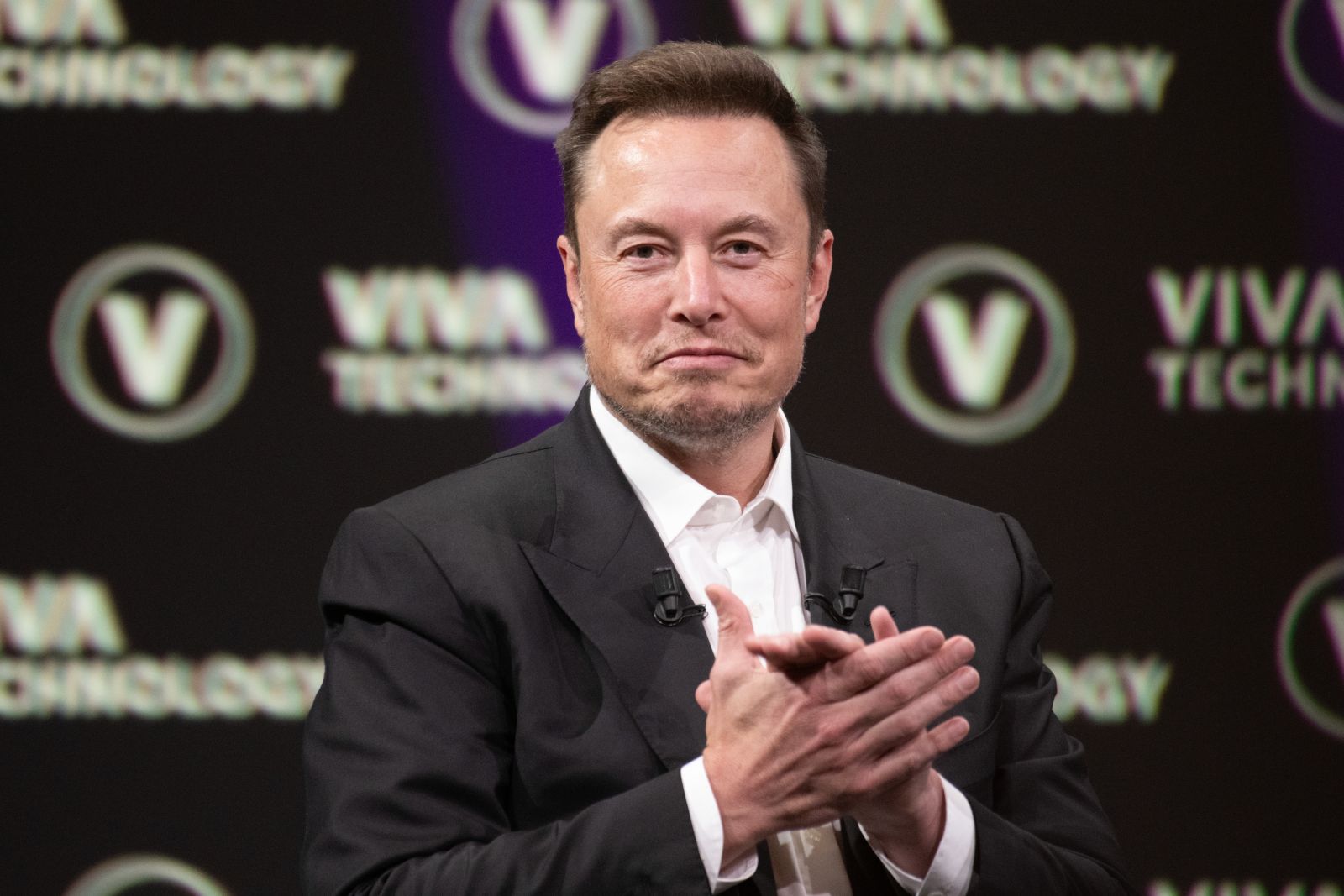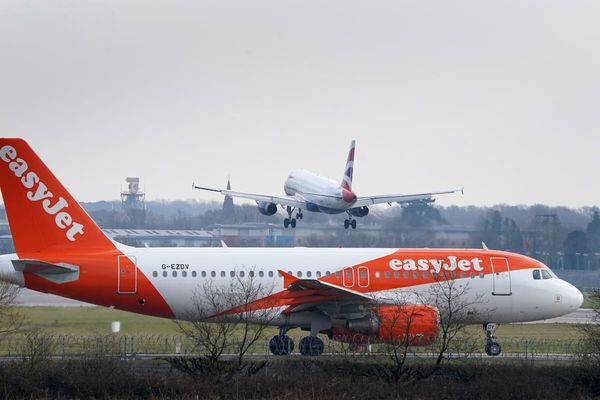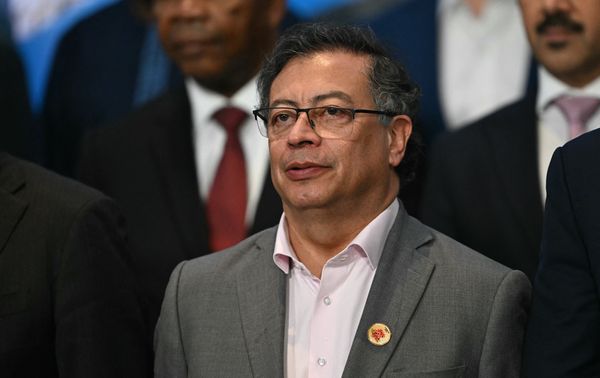
Elon Musk recently revealed that Neuralink, his brain-computer interface company, was forced to develop and rely on robots for electrode implantation surgeries because no human surgeon could meet the extreme demands for speed and precision.
Responding to a social media thread by entrepreneur Mario Nawfal celebrating recent successes in surgical robotics, Musk emphasized that robots aren't just supplemental tools for Neuralink — they are foundational:
“Robots will surpass good human surgeons within a few years and the best human surgeons within ~5 years,” Musk stated. “@Neuralink had to use a robot for the brain-computer electrode insertion, as it was impossible for a human to achieve the required speed and precision.”
This news comes as a sobering reality for many: the human hand, even the most skilled, cannot match the mechanical exactitude needed for Neuralink’s operations. This comes at a time when many are wondering what the future of the workforce will look like, as AI continues to advance at a staggering rate. The Neuralink procedure involves inserting ultra-fine, flexible threads (thinner than a human hair) into precise regions of the brain, dodging blood vessels to minimize trauma. The margin for error is effectively zero.
Don’t Miss:
- Apple Just Entered This $160 Billion Industry—This Pre-IPO Tech Play Could Soar
- Think it’s too late to invest in the booming AI sector? This one’s still under the radar
Why Humans Couldn't Do It
Neuralink's surgical challenge is unique. The human brain is not only incredibly delicate but constantly moving — pulsating slightly with each heartbeat. Implanting electrodes in this dynamic environment requires microscopic precision, incredible speed to minimize surgery time and reduce the risk of infection, and consistency.
Despite recruiting some of the world’s best neurosurgeons, Neuralink quickly concluded that human capability had a hard ceiling. A robotic solution became the only viable path forward.The company's custom-designed "Neuralink R1" can meet these demands and perform the required surgery consistently.
The Broader Rise of Surgical Robots
Musk’s comments came in reply to a viral post detailing Medtronic's (MDT) success with its Hugo robot-assisted surgical platform. According to Nawfal’s report, Hugo was tested across 137 surgeries — on prostates, kidneys, and bladders — with outstanding outcomes:
- 3.7% complication rate for prostate surgeries
- 1.9% for kidney surgeries
- 17.9% for bladder surgeries — all significantly beating historical safety benchmarks.
Hugo achieved a 98.5% success rate, outperforming expectations by a wide margin. Notably, only two surgeries had to revert to traditional manual intervention.
This broader success in robot-assisted surgery provides a critical backdrop for Musk's remarks. While most current surgical robots act as “extensions” of human surgeons — enhancing dexterity and visualization — Neuralink's system operates with far greater autonomy, taking near full control where human limitations are most profound.







